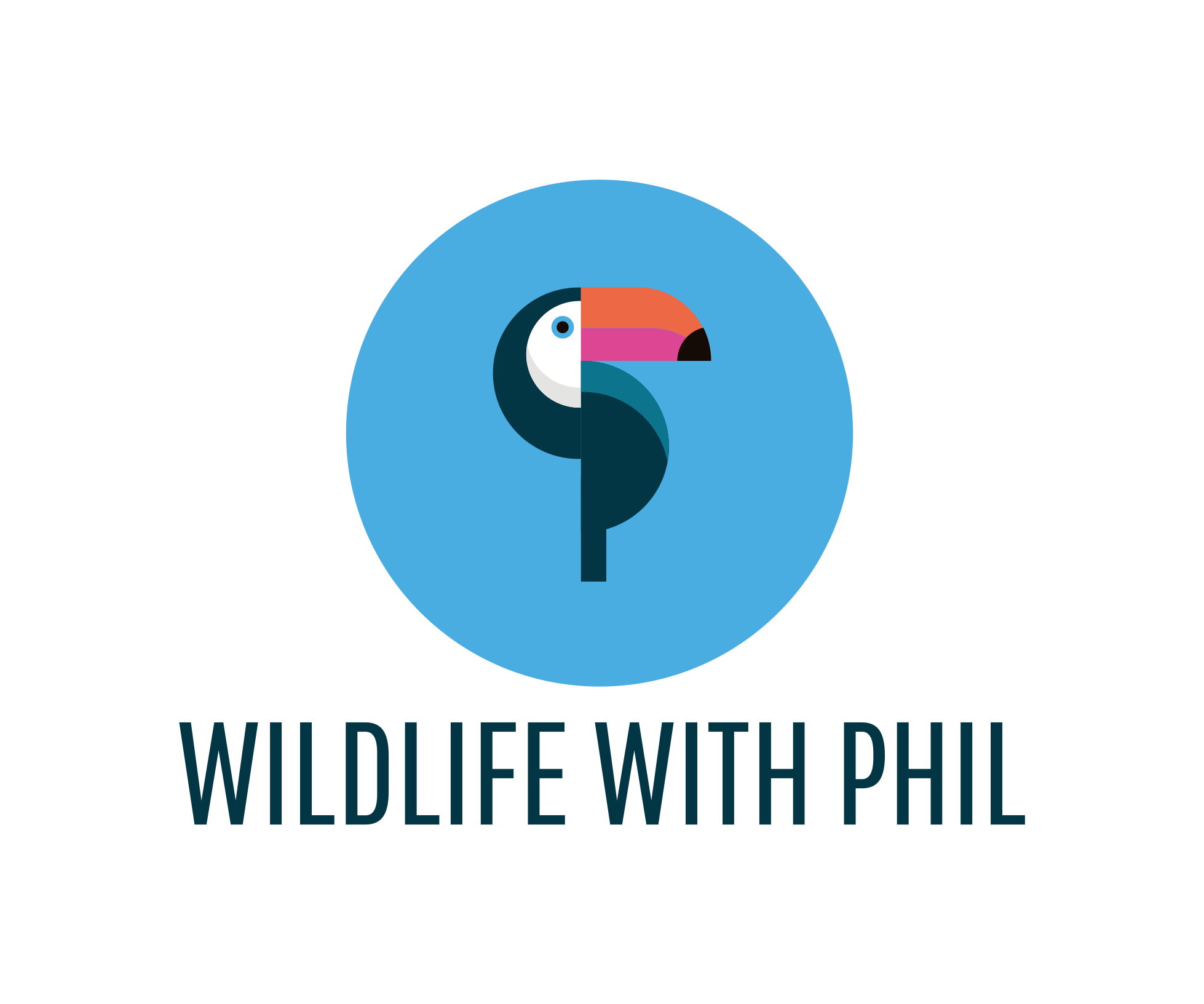Chiloé Island
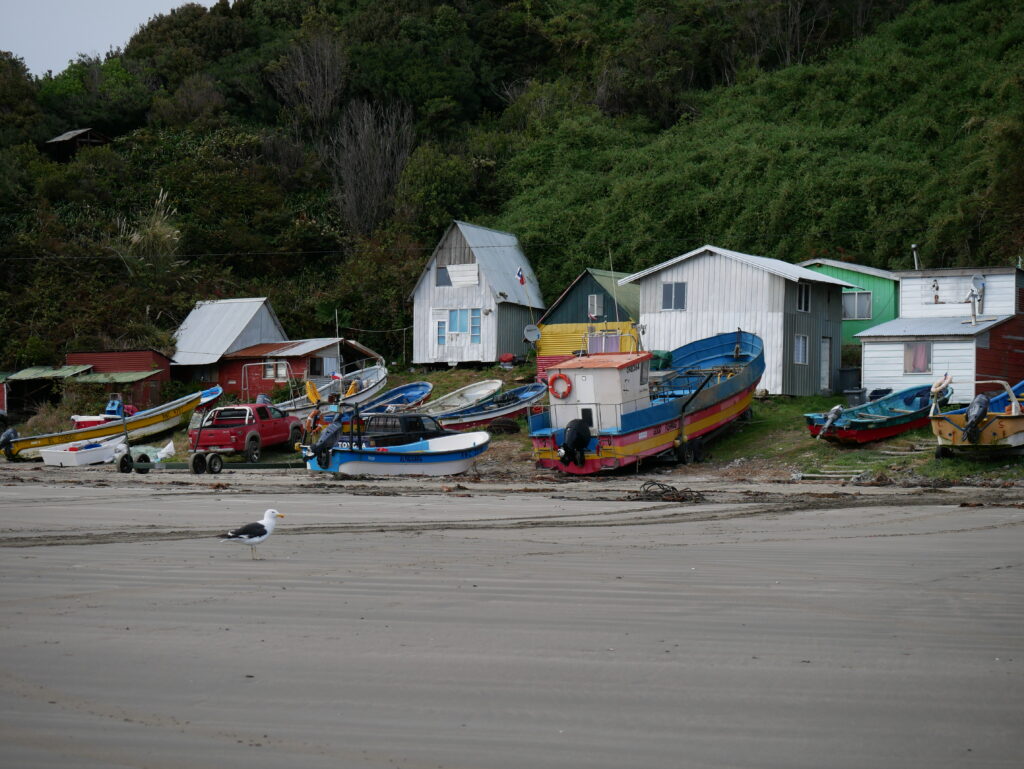

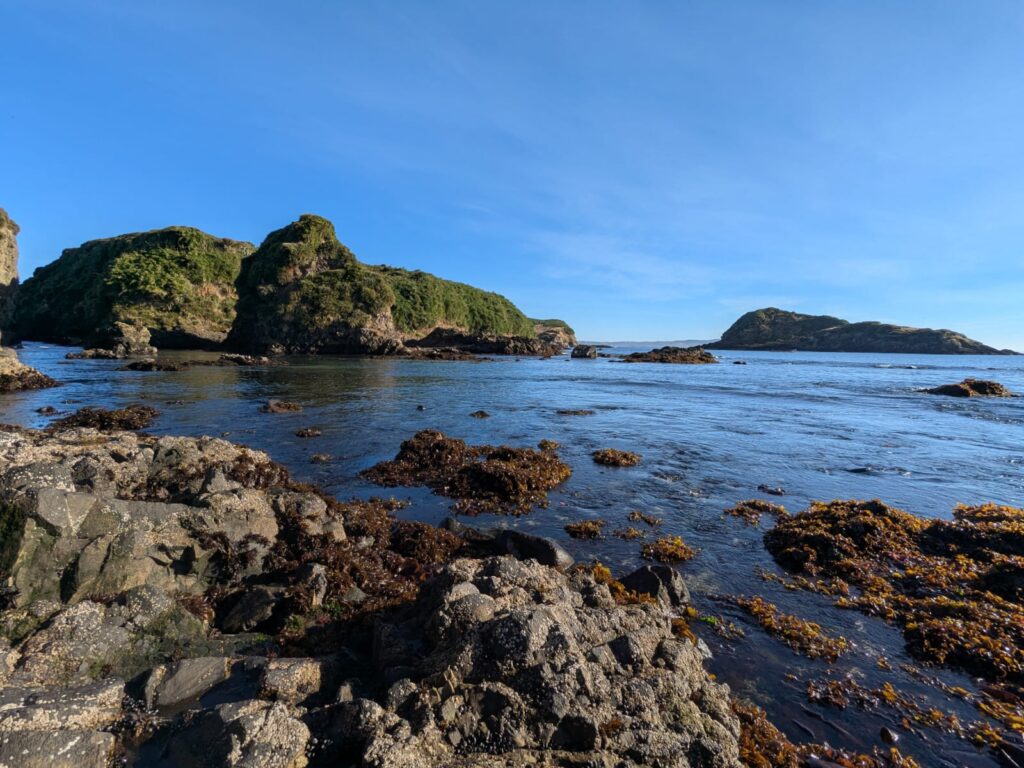
After reaching the end of the Carretera Austral in Puerto Montt, our next port of call was the beautiful island of Chiloé, South America’s fifth largest island. In particular, we were heading for the coastal fishing cove of Puñihuil and the Islotes de Puñihuil.
The journey to get to Puñihuil was interesting to say the least, with our route taking us through the bustling town of Ancud (and its rather frustrating network of one-way streets) and along some very steep, narrow and winding rural roads. Then, as we were approaching Puñihuil, the road suddenly came to an abrupt stop at a beach. We were sure that the road continued further, so we got out to take a look around. Perhaps we had missed a turning. A brief look around gave us our answer – the ‘road’ does continue, it just goes along the beach!
Weaving our way carefully between numerous giant jellyfish that had washed up onto the beach, we made our way along the (luckily) very compacted sand to reach a small parking area, listed of course on iOverlander.
It was a beautiful spot with views overlooking the beach and nearby islets of the Islotes de Puñihuil, a Natural Monument, which is home to the areas main and cutest wildlife attraction – a mixed group of Humboldt and Magellanic penguins! We were yet to see Humboldt penguins on our trip, and the visit to Puñihuil marked possibly the last time we would be able to see penguins on our South American adventure (unless we decide to splash out on a trip to the Galapagos Islands – to be confirmed…), so we were eager and excited to see them!
Kayaking the Islotes de Puñihuil
After parking up, we took a stroll along the beach to try and find a local fisherman called Juan, who we’d heard has a kayak which we had hoped to rent. We found him coming out of his house, and he recommended that we take the kayak around 7.30 am the following morning when the sea would be calmest, and before the boat tours to the islets begin.
So, we rose at dawn and donned the wetsuits and lifejackets he provided. Juan helped us launch the two-person kayak and gave us instructions on which areas to explore. There was no one else around, which was a little daunting! But, it also meant that it was incredibly peaceful as we paddled in the calm waters between the islets (with exception of Ed moaning that his seat was uncomfortable!).
The early start paid off immediately. As we paddled towards the closest islets, a sea otter swam right past us, eyeing us a little suspiciously! We must admit to having ‘penguin tunnel vision’ at this point, and this amazing, unexpected wildlife encounter really took us by surprise. Known as a chungungo in Chile, this species is the smallest marine mammal in the world. It is extremely rare (classified as endangered by the IUCN) as a result of, amongst other things, coastal pollution and intensive fishing1. However, it seems that Puñihuil is a stronghold for the species due to its sheltered rocky waters and the presence of a large kelp forest.
Soon after our encounter with the sea otter, we spotted a small group of Magellanic penguins on one islet. And then, a mixed group of both Humboldt and Magellanic penguins on another! These two penguin species look very similar and it was difficult to tell them apart from a distance (especially when bobbing around in a kayak!), but they had subtle differences that we could make out (adult Humboldt penguins typically have a one black breast band and a large pink patch on the bill, whilst Magellanic penguins have a two breast bands and a very small pink patch)2.
Compared to the colonies we’d seen at Punta Tombo, Pingüinera Punta Entrada and Reserva Natural Pingüino Rey the groups of penguins on the islets were small, but it was incredible to see them from such a unique perspective. How they manage to live and breed on these islets, which are extremely rocky and steep, is mightily impressive.
In total, we spent around one hour kayaking around the islets. We spotted another sea otter fishing amongst the kelp forests as well as a huge variety of bird life – red-legged, imperial, Magellanic and Neotropic cormorants, kelp geese, flightless steamer ducks, a snowy egret, kelp gulls and enormous Peruvian pelicans.
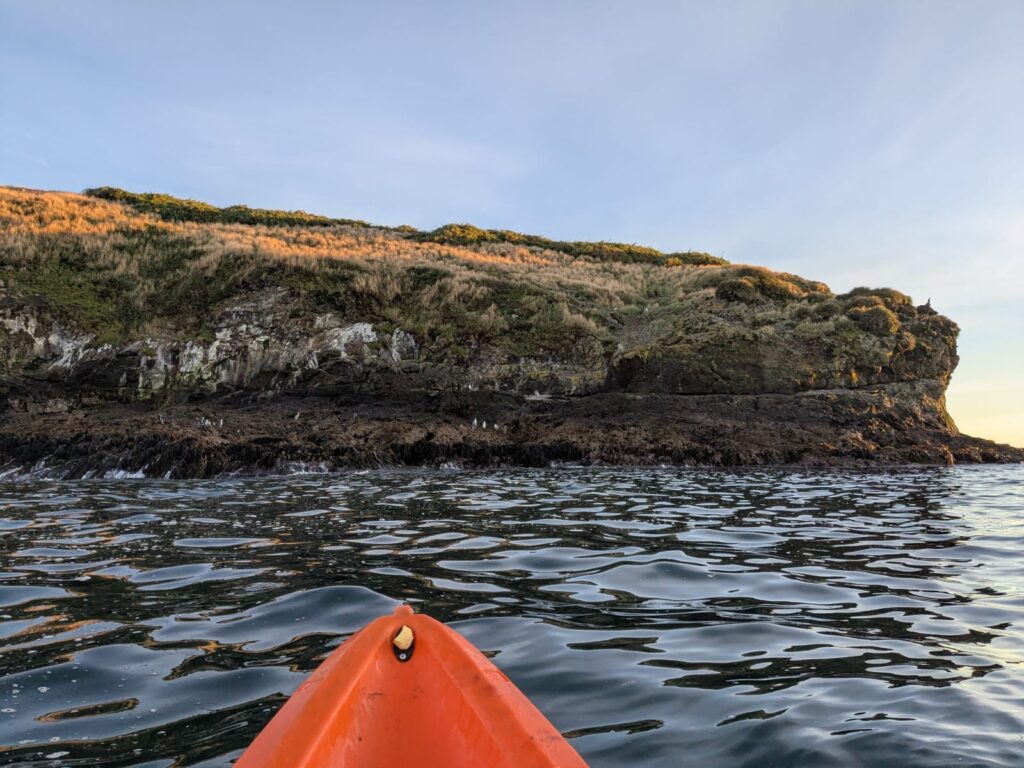
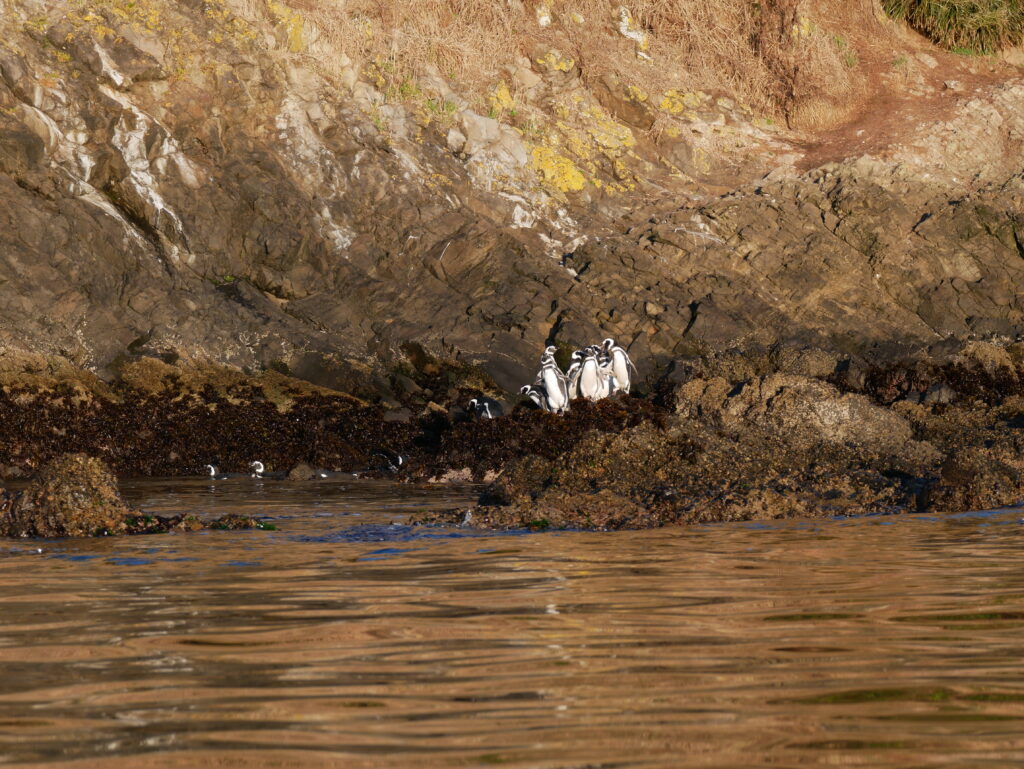
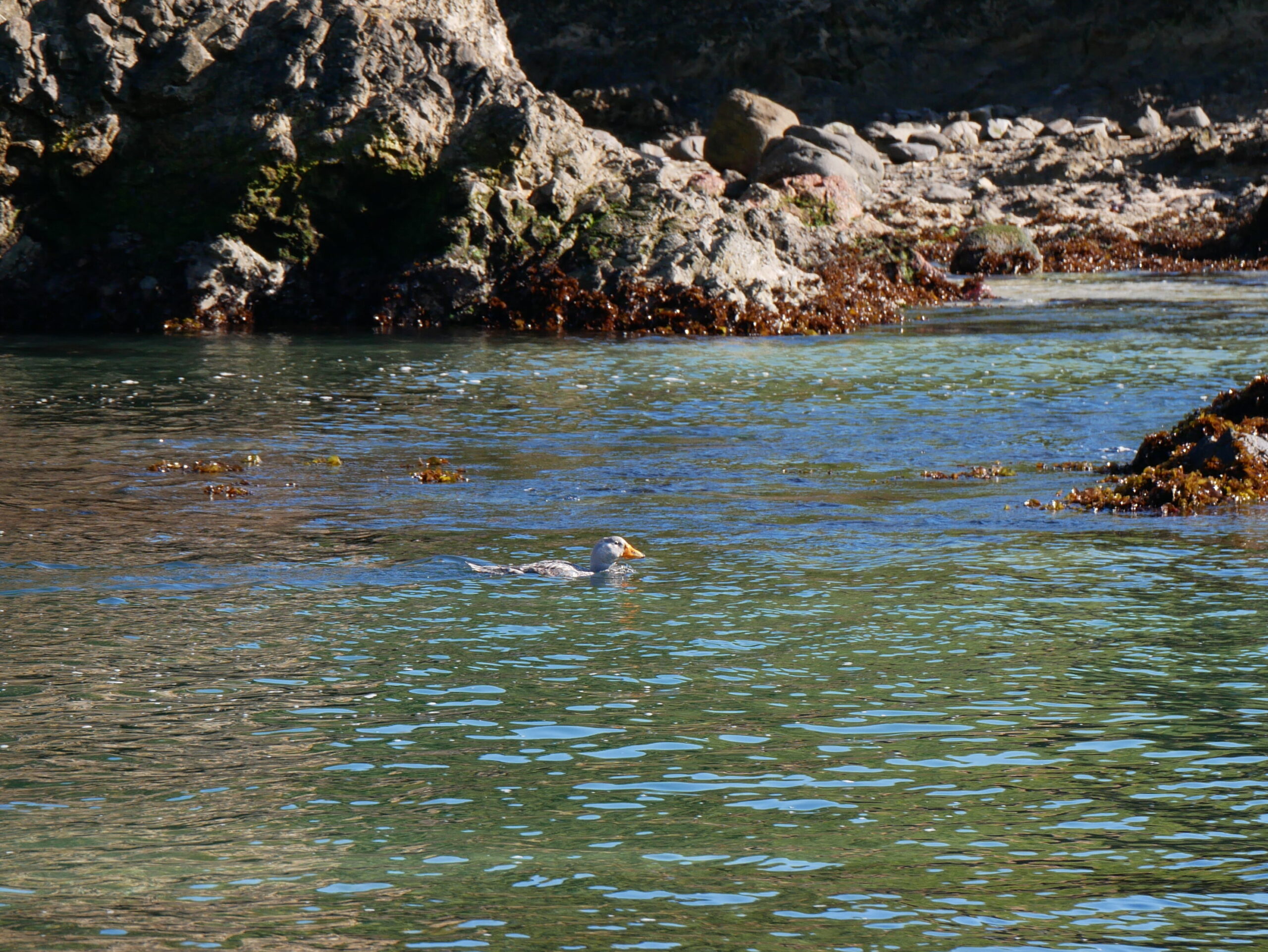
Wildlife watching from shore
We returned our kayaks around 9 am and spent the rest of the day relaxing and wildlife-watching from the beach. We knew that Chiloé was good for wildlife, but even so we felt we got very lucky, seeing multiple sea lions, another sea otter and even a pod of pygmy blue whales swimming, surfacing and spouting around 500 m offshore!
Bird-wise we saw black and turkey vultures, blackish oystercatchers, brown-hooded gulls, black-faced ibises, crested caracaras and more kelp geese (which were very much amusing us with some kind of comical greeting display between the males and females!), as well as the ever present sound of the Chile’s temperate rainforest – the loud, inquisitive and boisterous chucao tapaculo, which was fast becoming one of our favourite South American species!
Summary
Puñihuil would end up being the only place we visited in Chiloé due to time constraints and road conditions (the main road through the island, the Ruta 5, is concrete but is of very poor quality). But what a place it was! The wildlife we saw in just one full day was incredible. Beyond the wildlife, this small fishing cove has a charm of its own, with it’s small island community feel and colourful wooden houses.
From here we’ll be back to continuing our travels northwards – through the lakes, mountains and volcanoes of Chile’s Lakes District.
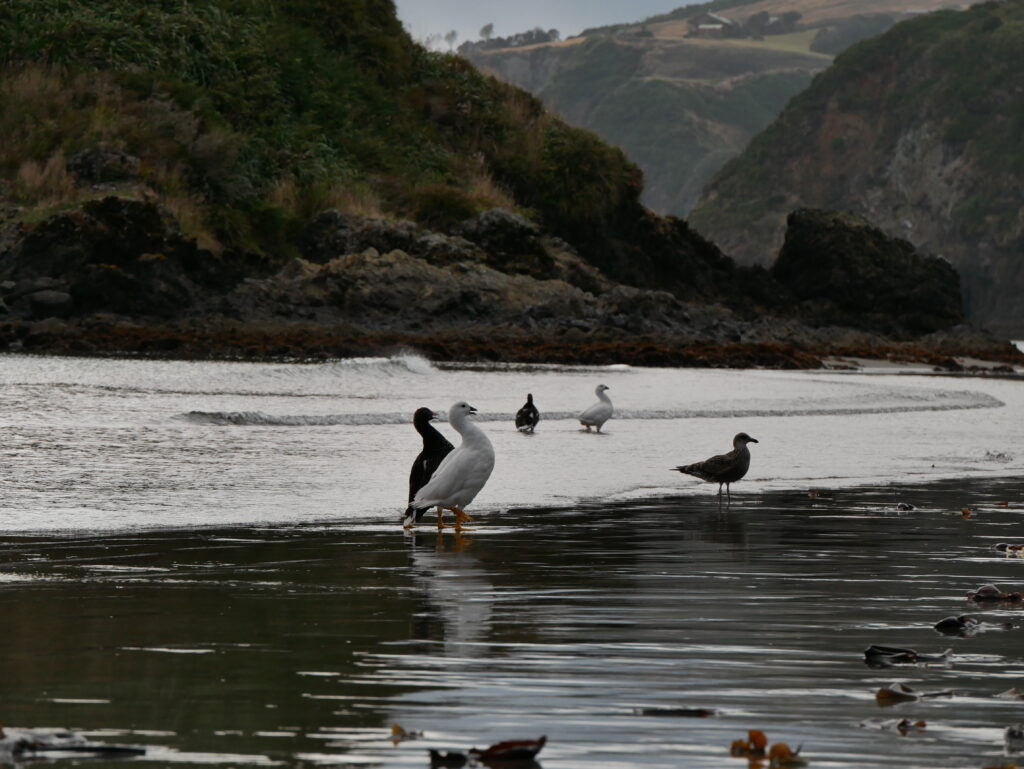
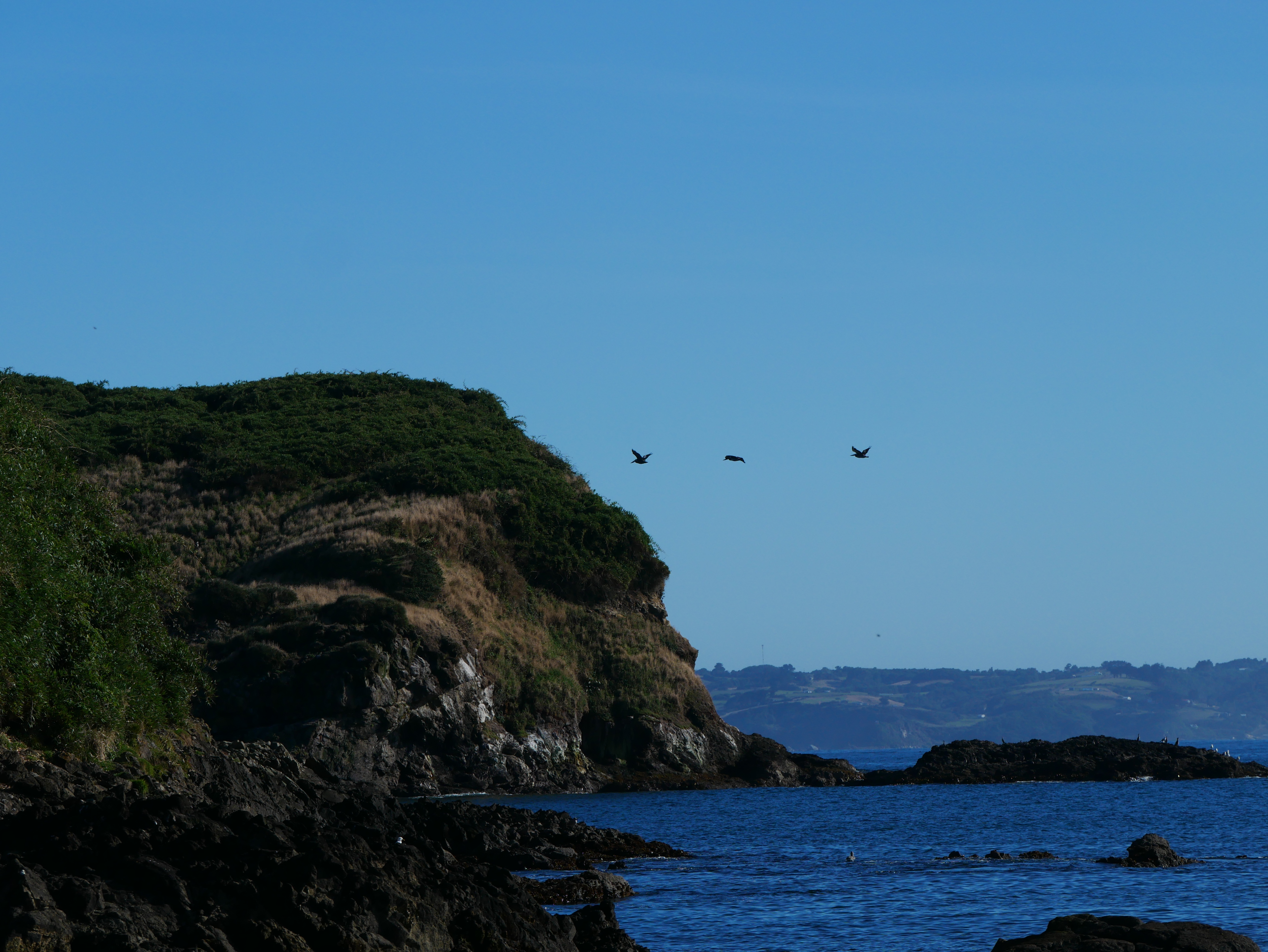
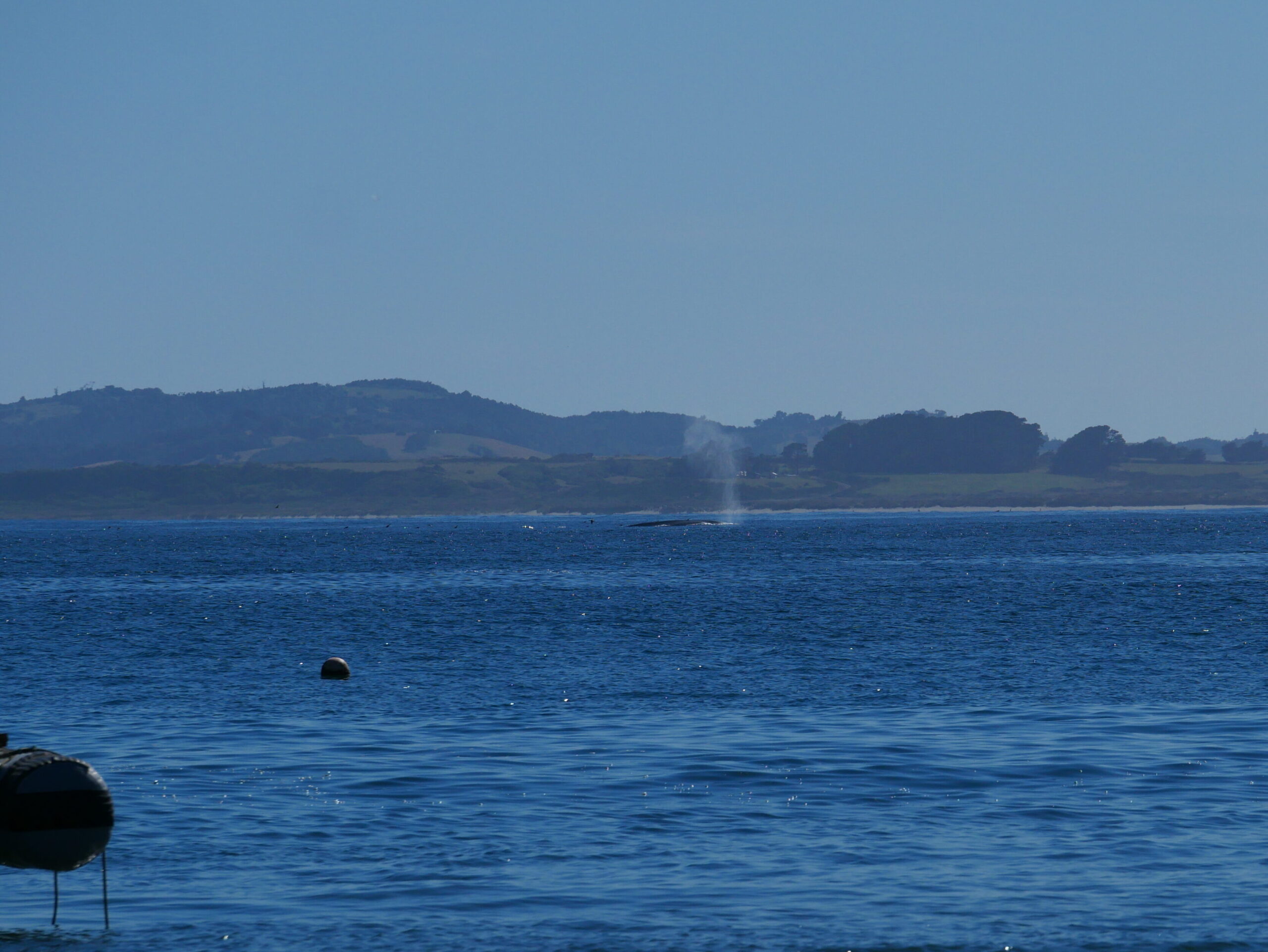
How to get there
To reach Puñihuil from the mainland by car, take the car ferry from Pargua to Chacao. Head down the Ruta 5 as far as Ancud. Then, navigate your way through the town of Ancud to reach the W-20. Where this road splits, follow the W-220 heading southwest, and finally the W-216 which takes you the final 1.5 km right to Puñihuil beach.
When to visit
The best time to visit Puñihuil is during the summer months of October to March. This is when the mixed colony of Humbolt and Magellanic penguins are present, and you are more likely to spot pygmy blue whales as well as sea otters.
